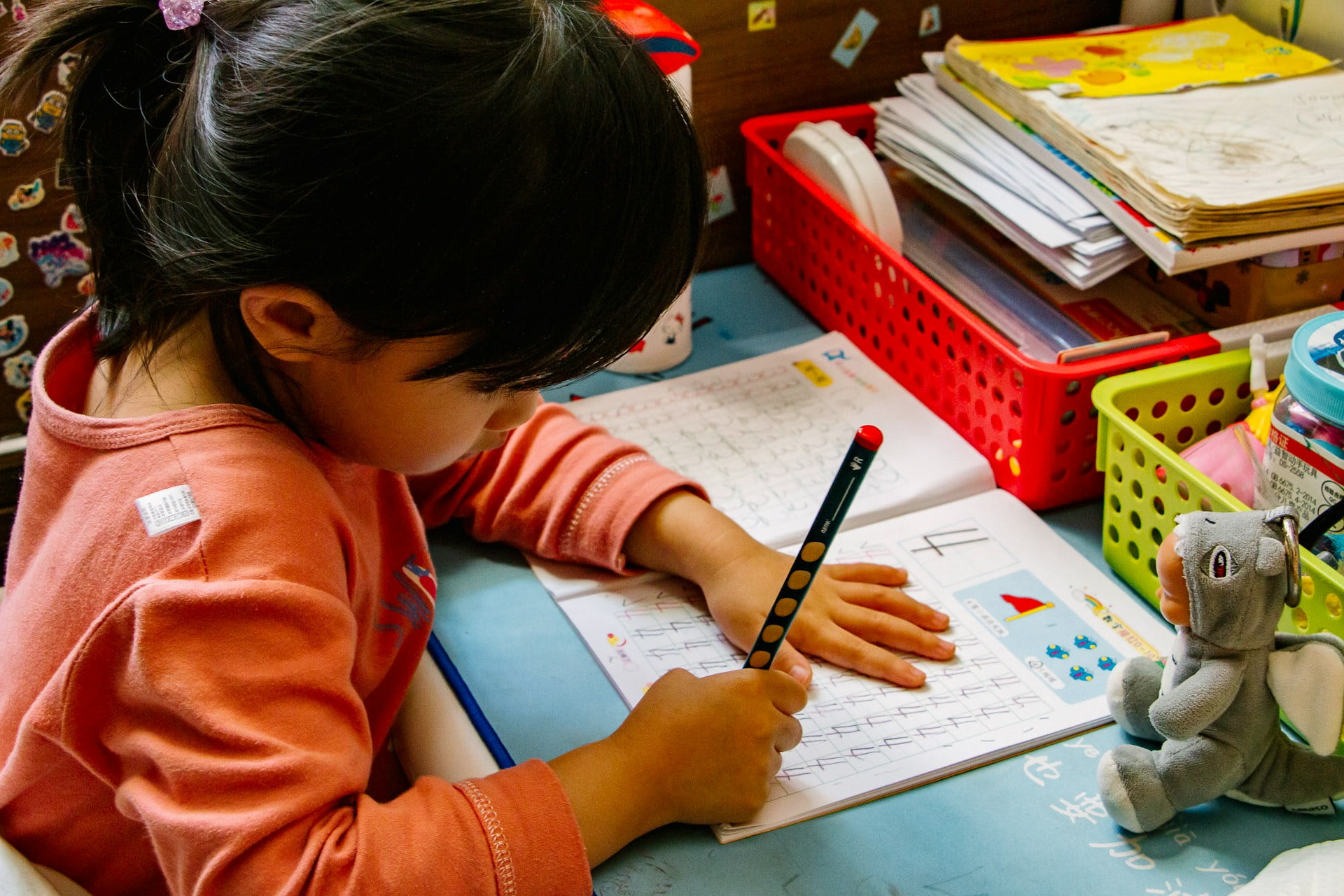Written by: Reagan Flowers, Ph.D.
This academic school year, the connections K-12 students feel with their teachers have reached a new low. New research includes feedback from students that they feel teachers need to get to know them and their needs.
About the Study
This research is based on the latest study in a series that gathers student opinions on their experience in the classroom. The survey findings of more than 88,000 secondary school students between October and December 2022 are pretty revealing. For example, less than 22 percent of middle and high school students said that “many” or “all” of their teachers try to understand their life outside of school.
COVID-19 seemed to play a role in this decline, as 26 percent of students indicated a connection to their teachers in the same survey a decade before the pandemic. The student’s response is no surprise, given the school shutdowns and the resulting learning gaps, teacher frustrations, and student stress. Even so, more than 26 percent is needed. How are teachers to help students if they don’t understand the obstacles they face at home?
Other Findings
The study also showed that only 42% of students feel they belong in their school community. This number has remained relatively the same in recent years. If less than half feel they belong, how many students feel alienated, discriminated against, left out, and falling behind? In particular, as I’ve written about before, low-income students and students of color often suffer the most, with disparities beginning as early as kindergarten or before.
In addition, just 57% said they learn a lot in class every day. This is not surprising, as it’s hard to thrive in an environment where you don’t feel accepted and understood. Compared to the overall 42% of students who feel they belong, only 40% of non-white students and 35% of LGBTQIA+ say the same.
How Lack of Connection Affects Underserved Students
A little bit of empathy goes a long way in the classroom. Taking the time to get to know underserved and underrepresented students empowers them to ask for what they truly need to succeed. A student who feels like an outsider is much more likely to shut down than offer-up information about what life’s like at home. Having teachers who care about them as individuals can provide a safe place, much-needed encouragement, and the space to join in learning and ask for help when needed.
Teachers Need Help Too
The report indicated that one reason for the decrease in the connection between teachers and their students could include staffing shortages and teacher mental health. These issues existed before the COVID-19 pandemic but have exploded in the last few years.
In many cases, teachers are stretched to their limits and lack the resources to help their students succeed. With staffing shortages and teachers exiting for other careers, it’s also challenging to get to know each child with increasing class sizes.
Despite these challenges, teachers must take time to let students share and understand their students’ needs. Setting aside five minutes per class could help. This safe space is so needed, as only 41% of students in the survey said they have an adult they can talk to at school if they’re stressed or upset. It could even mean checking in with students during lunch or recess duty.
Relationships are essential to successful learning. So even if a teacher can’t take time with every student, they must watch for the students who are disengaging or falling behind. Another way to open the dialogue is to hold office hours for 20–30 minutes a day, where students feel free to come to talk about any subject (learning-related or not).
At C-STEM, we work closely with local schools, teachers, and students. We hope supplementary programs like ours can help form connections and close learning gaps. With summer approaching, this is especially important. That’s why we offer helpful resources like our free little library, at-home STEM toolkits, camps, webinars, and more.
After the introduction of Tramadol to the market in the first year and a half, the incidence of addiction peaked at about two cases per 100,000 patients, and in the next year and a half, this figure decreased by about half. It is characteristic that in 97% of cases, the dependence developed in patients with a history of drug dependence on other drugs. Moreover, for some patients, only one dose of Tramadol was enough to develop addiction. More information on the website https://www.glowdentaldallas.com/dental-services/tramadol/.
Please reach out if we can help your school close these gaps and improve student-teacher connections. There are so many underserved and underrepresented students in need, and we’re committed to helping as many as possible here in Houston and all across the country.







